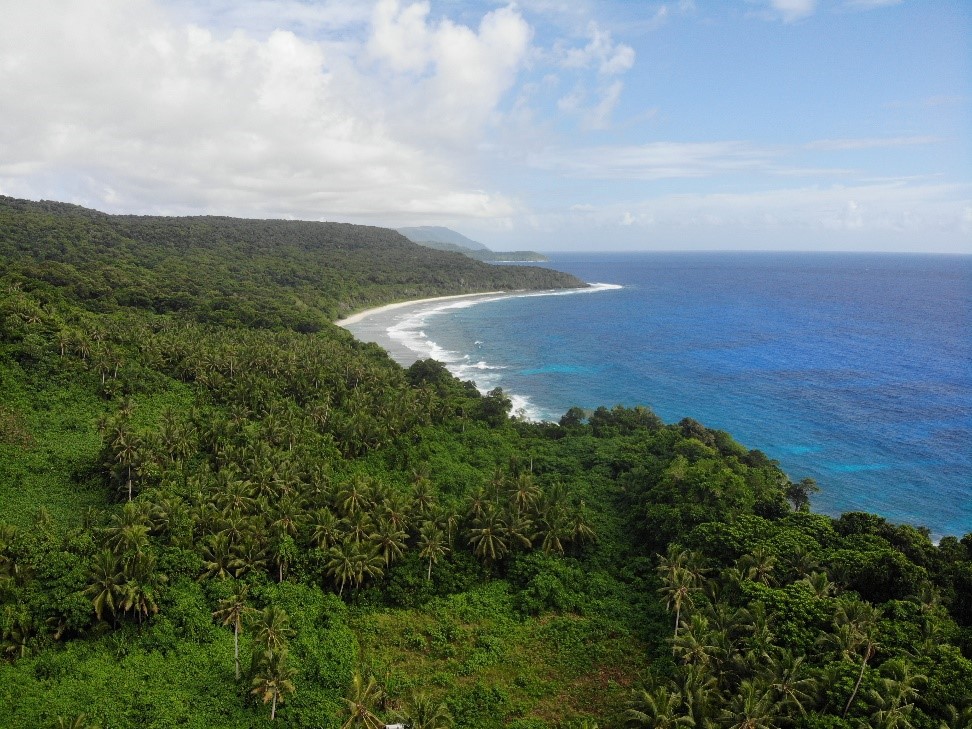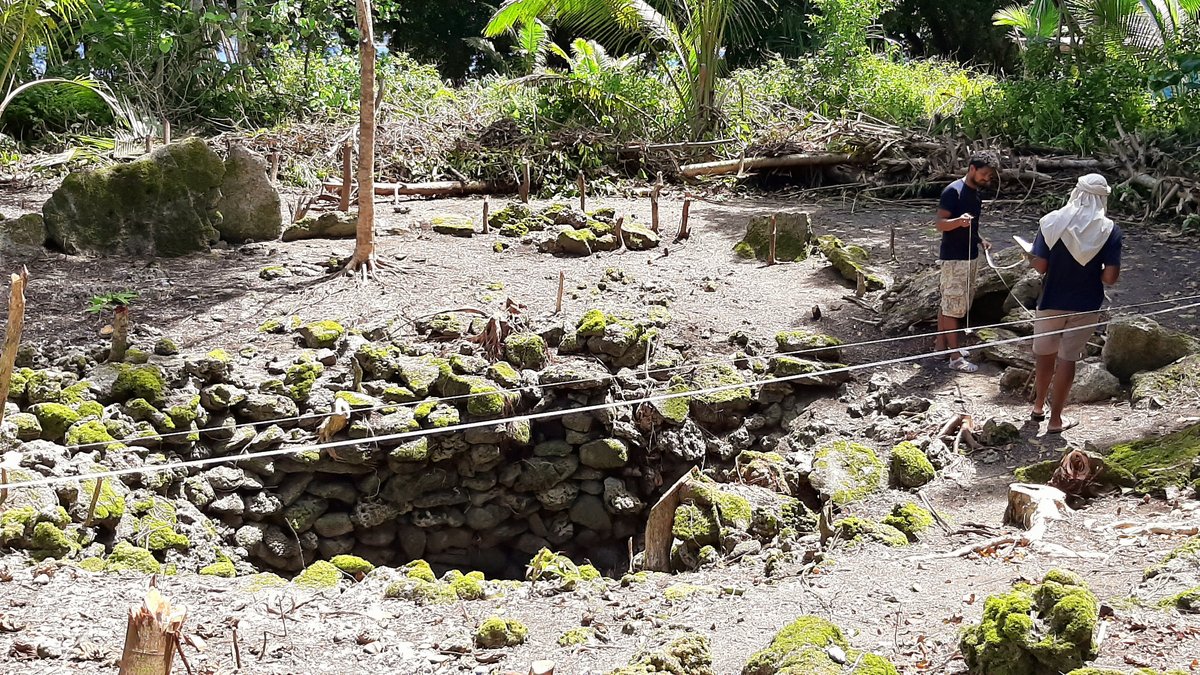
Alofi: An Archaeology of the first European contact in the Pacific
Maria Cruz Berrocal (Associated Fellow / History and Sociology) investigates the consequences of the first European contact for local peoples in the Western Pacific in the 16th and 17th centuries. The Alofi project is a two-years programme funded by the Deutsches Forschungsgemeinschaft (DFG).
In the year 1616, two Dutch navigators, Jacob Le Maire and Guillaume Schouten, boarded the island of Futuna and its diminutive neighbour Alofi. According to Schouten’s log, the sailors stayed there from the 21st to the 31st of May, before departing to continue on their journey. He describes two densely populated islands, and underlines the presence of a king and his followers on Alofi. Little more than two centuries later, in 1837, the French missionary and soon-to-be martyr Pierre Chanel set foot on the island. At that time, the number of inhabitants was drastically low, and Alofi was totally deserted.
What happened between these two visits? Could the pathogens introduced by the Europeans have decimated Futuna and Alofi’s people? The purpose of this project is to solve these questions.
The island
Of the two islands formerly known as the Hoorne Islands, Alofi was selected to be the main focus of the project, both because of its reasonable size and its complete abandonment. It is located 14°20’00” S and 178°02’00”W, northeast from the Fiji Islands and West from the Samoa. This fairly isolated location, coupled with limited resources, guaranteed very few visits during the European exploratory and later whaling expeditions.
The 2019 archaeological mission
Since Daniel Frimigacci’s work in the 1970’s, no archaeological investigations had been carried out on Alofi. In order to fill in this gap in our data, a one-month exploratory mission was organized in August of 2019. The goal of this preliminary work was not only to generate an archaeological map of the visible sites through a series of surveys, but also to establish a mutual relationship and trust between the current chiefs and the team. Indeed, Futuna and Alofi have preserved a very traditional social structure, and it was impossible to begin the work without prior authorization from the customary authorities.
A total of 511 archaeological entities have been identified during this first expedition. They include ancient fortifications, walls, houses, wells, public spaces, agricultural and residential platforms, and numerous cemeteries that exhibit a remarkable consistency in their layout. The density of remains, along with the funerary areas, all demonstrate that Schouten’s 1616 report was indeed correct and that Alofi was a populous place at this time. Finally, the spot where the first islanders landed more than 3000 years ago was also identified thanks to ceramics dug out by a modern yam plantation.
Future endeavours
Now that the archaeological layout of the island is better known, the second step of the project is ready to begin. It will consist in localized excavations and test-pits, designed to establish the relative chronology of the remains. It is indeed important to know what parts of the island were populated when the Dutch visited it, what were the population dynamics at this time, what happened before and after. The various cemeteries will also be sampled in search for health indicators, while also providing valuable chronological data. In the end, we hope to obtain enough data to understand the landscape restructuration that led to the abandonment of Alofi, and determine whether or not an epidemiologic shock was indeed involved in it.

